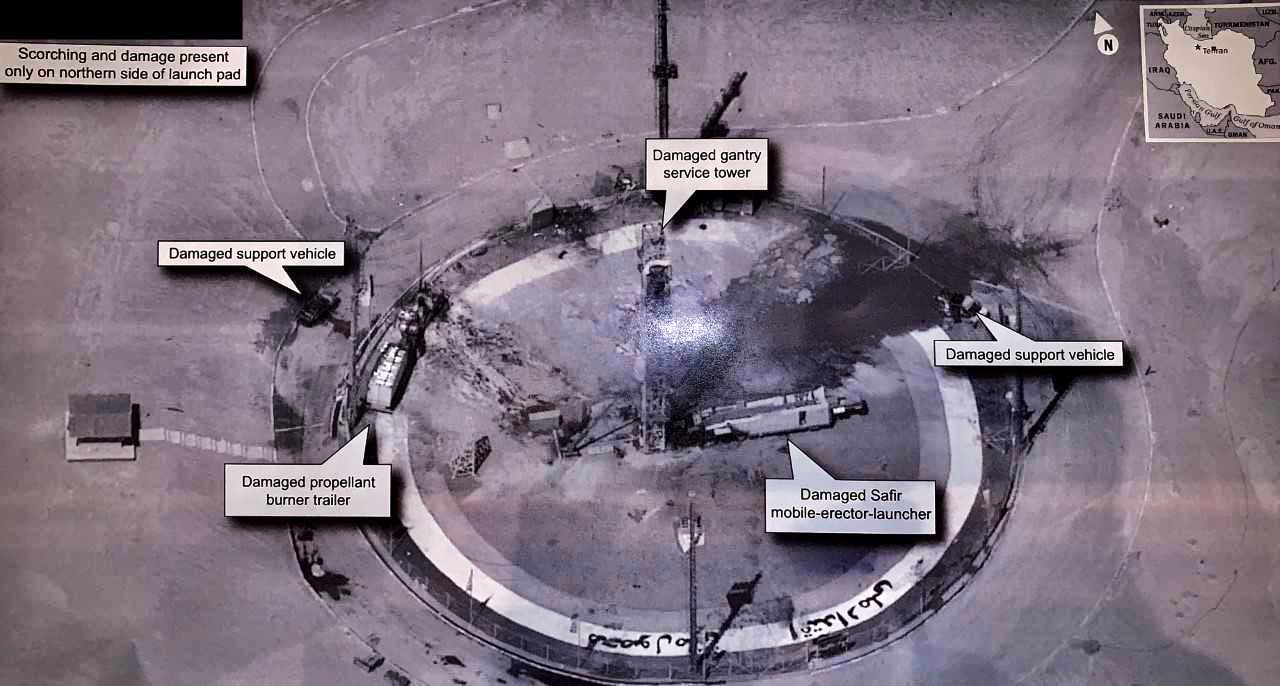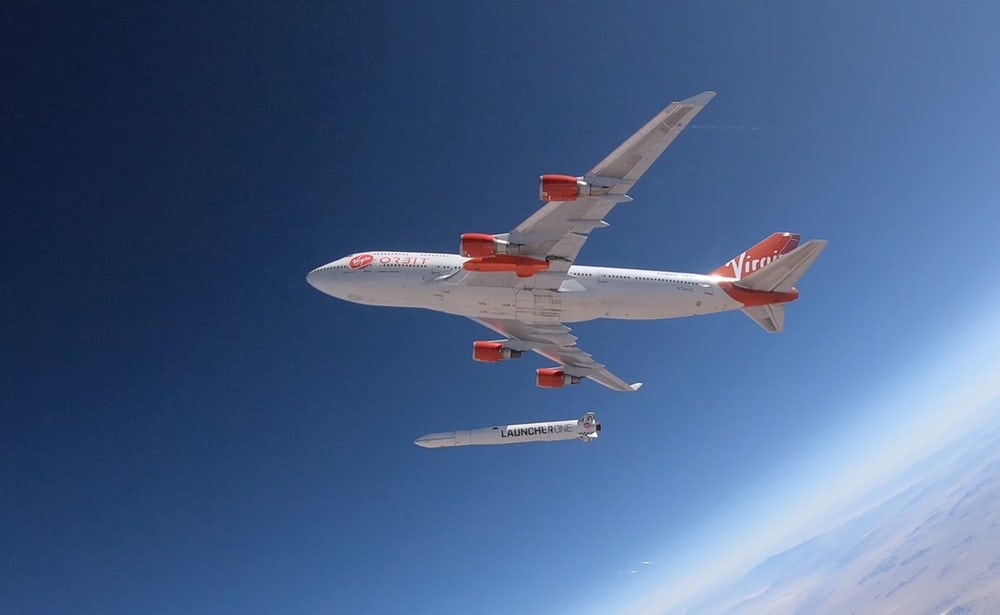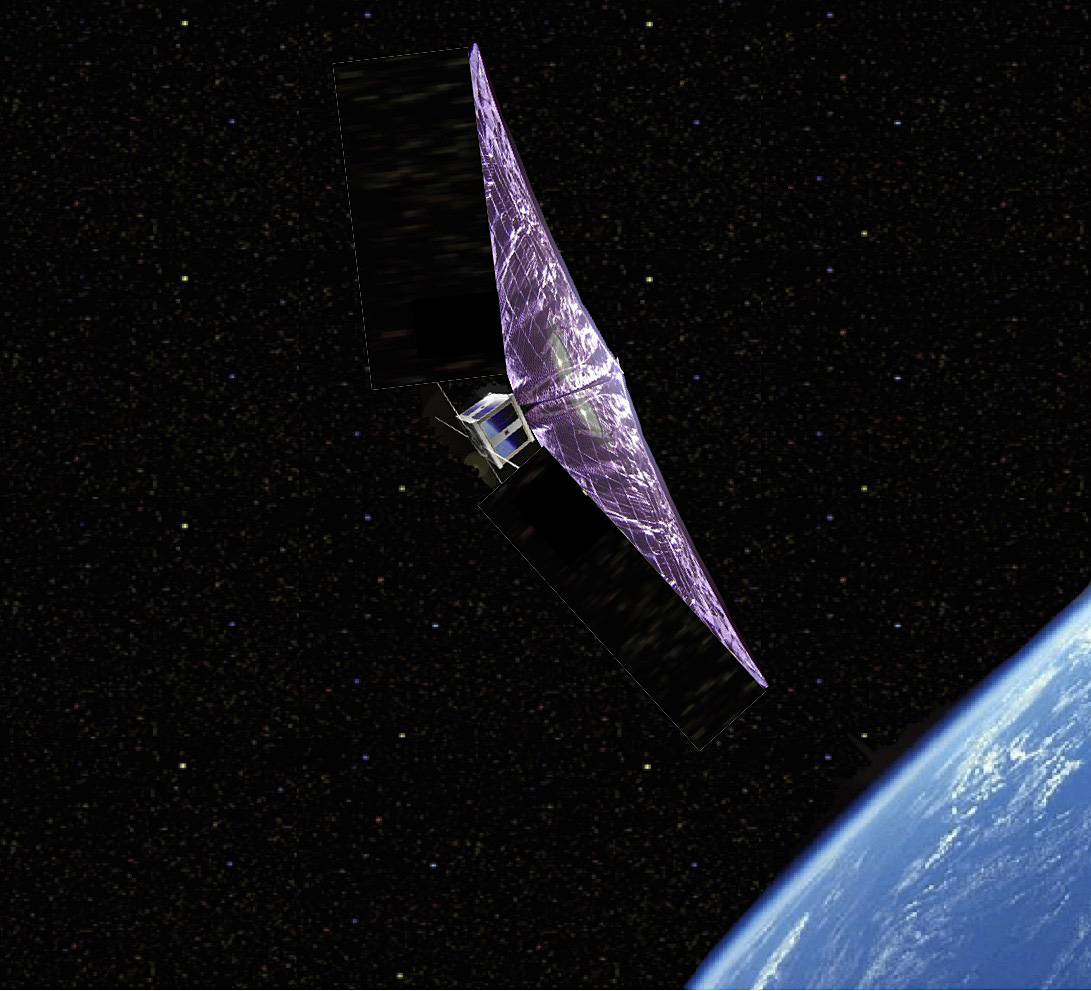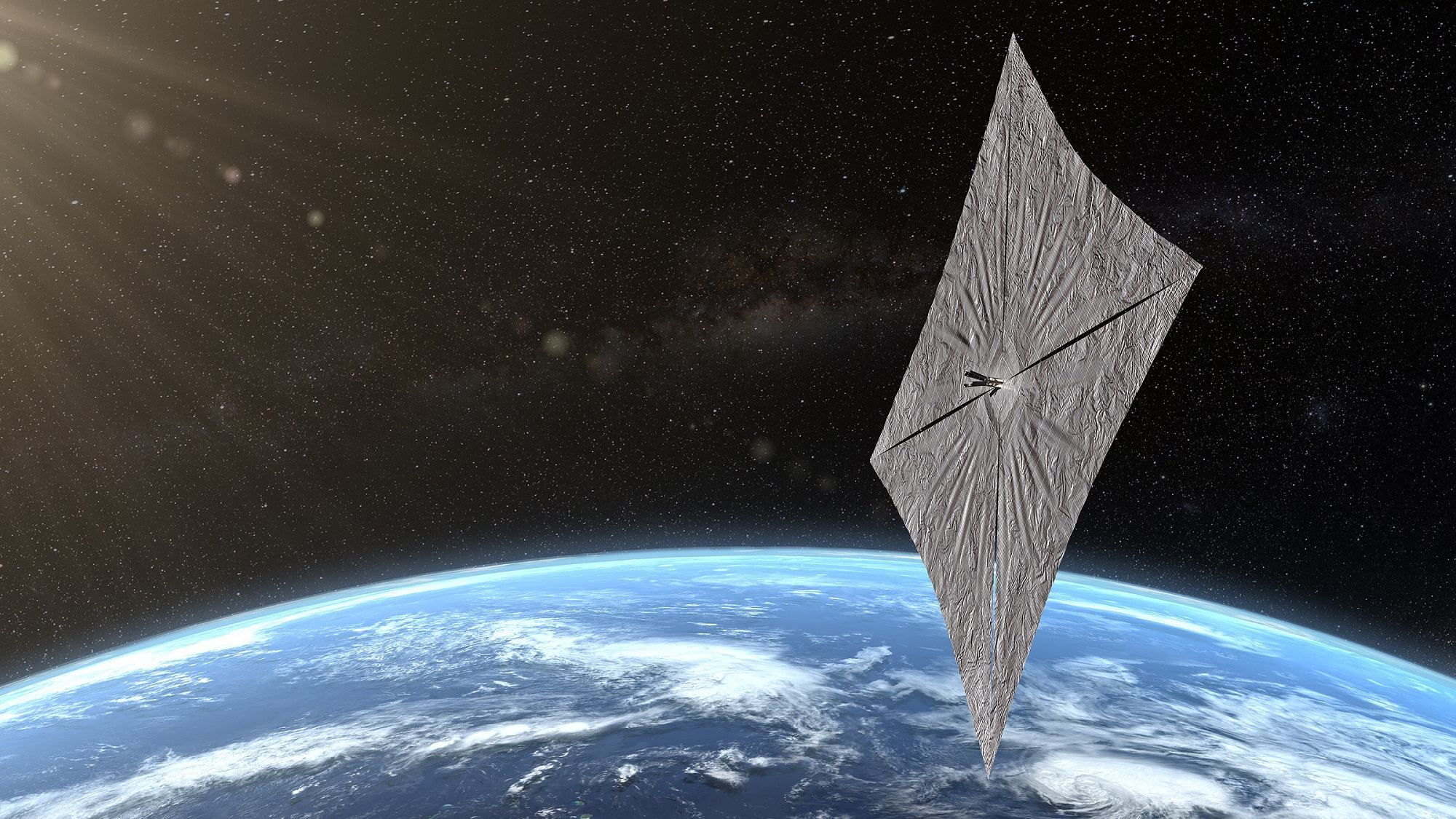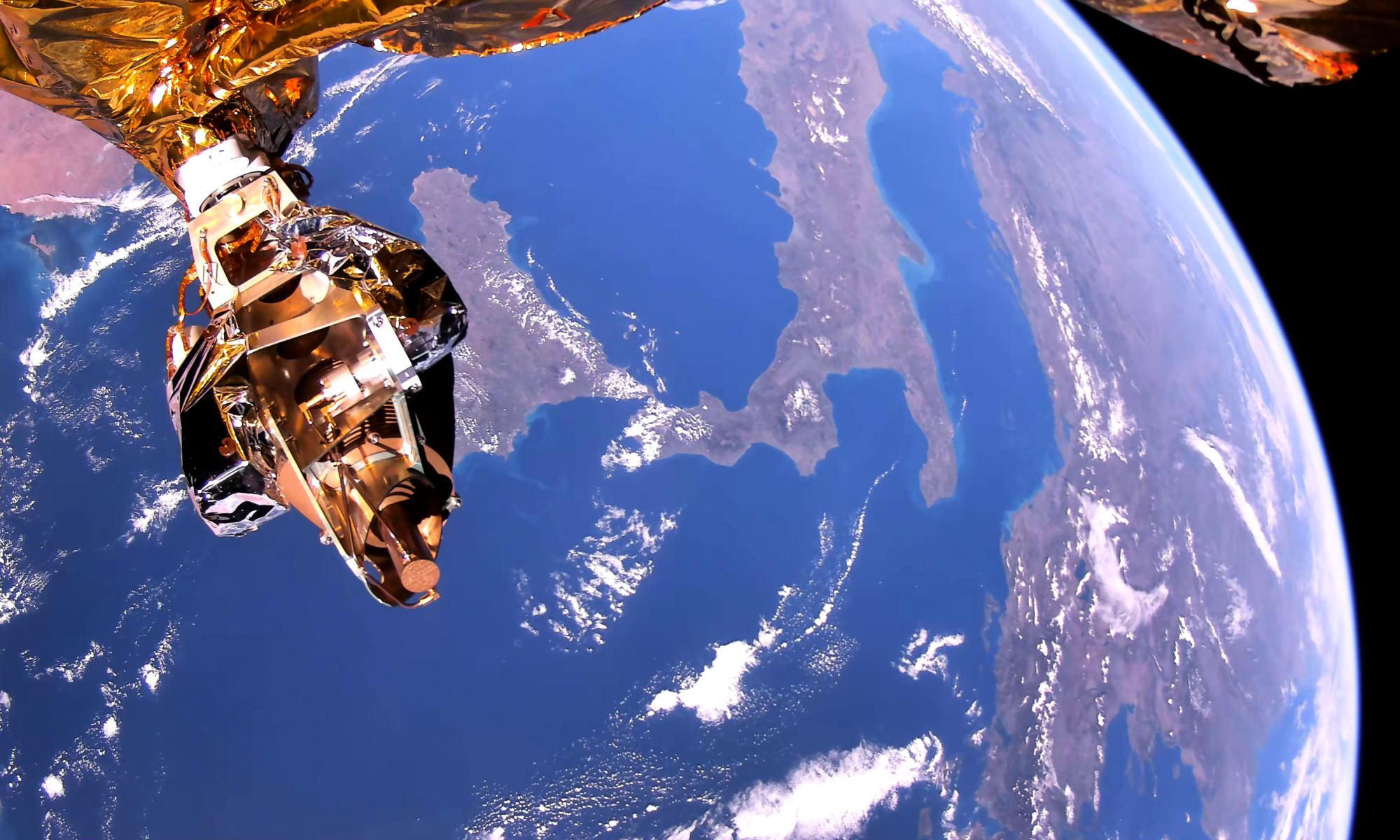The US President has done it again.
Just when you think things can’t get any more—”unusual”— in the White House, the President has Tweeted an American spy satellite image as part of a juvenile jab at Iranian leadership. After some sleuthing, astronomers were able to figure out which satellite it came from: a (formerly) top-secret satellite called USA 224, an optical reconnaissance satellite.
Continue reading “Thanks to Trump, We’ve Got a Better Idea of the Capabilities of US Surveillance Satellites”
